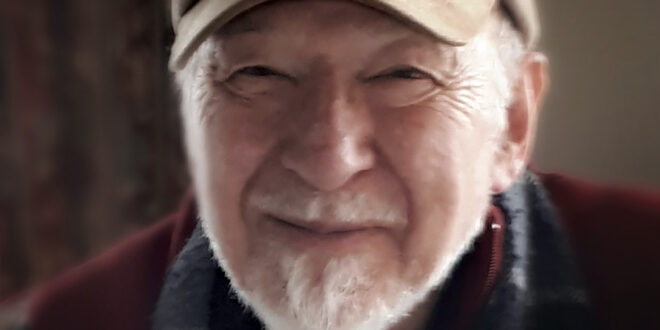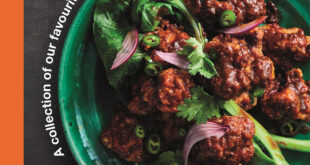 The poems in Green Rain have their genesis in my returning to New Zealand after many years living away from the country, in large cities (London, Sydney). They reflect my quite new experience of living in the countryside, in a country town.
The poems in Green Rain have their genesis in my returning to New Zealand after many years living away from the country, in large cities (London, Sydney). They reflect my quite new experience of living in the countryside, in a country town.
I believe one of the motivations in the writing process is of making connections. It is about understanding one’s world. In writing the poems in Green Rain I was attempting to find words to reflect, to explain, an environment, a place quite new to me: a wide plain, like a green basin, interlaced with rivers winding between stony channels, with to the west, the Tararua Ranges, snow-capped in winter. Living in the Wairarapa was an awakening experience. Attempting to express this, I think, was what inspired the poetry.
In writing, one is a little like a cartographer. One tries to outline, to map a little of one’s emotional and intellectual relationship with the world. One does this as the early explorers once did, as they started without charts, as discoverers.
I was, in writing the poems in Green Rain, as the titles heading the Contents explain (Dance, Churning, Seeing…), trying to respond to the vivid, swift changes and alterations experienced in the light in the Wairarapa. It is a constantly changing light. It colours the landscape so dramatically. I thought a lot about painters, such as Colin McCahon and Rita Angus, and the French Impressionist painters, as they sought to understand the relationships between objects and land forms and hills as these huddle beneath the sky. What we see is so profoundly mediated by light. Some of this I mention in the poem Seeing.
I have tried to express in the poetry how the process of seeing is inconstant; how, for instance, small alterations in position affect vision; how parallax is a determinant (e.g. in Just Dance). And I have tried to explore how seeing is a physiological process: we “see” through touch, taste, hearing… how our senses translate our world for us in a making-sense process (e.g. in A Twig Snapping).
I am very interested in, and struggle to imagine how, our ancestors must have felt upon encountering a densely forested, mountainous and shaking land. A land with suddenly erupting, mountain-fed torrents. Drownings were not infrequent in the Wairarapa. How distant from home, courageous, challenged our forebears were! Could they have really known what awaited them after their months at sea? These are ideas I have explored in Scots and A Different Dark.
As I thought about the hope and fear I imagined in the settlers I thought also about the beauty of the Wairarapa. And how the violent geological forces moulding and sculpting the land continue beneath its great beauty. This is something that fascinates me.
I have written about covid, about gallery visits, about musical gigs (my son, Justin Firefly, is a musician), about Auckland’s Ponsonby. Subjects different from the river-cut land of the Wairarapa.
Writing is a process of experimentation. It is a search. It is a process without completion, since one can never be quite confident one’s work is as true, that it possesses the sense of integrity, of wonder, that was the impulse for the poem. It is about surprise, in a deep, emotional sense. And it is a process of reduction – of cancelling words, of reducing text. The sharpest focus is achieved through brevity. And I think verbs and nouns are the bones in writing. It is how these are made to rub together, how language is used, played with, is most true to emotions and to perception must be the key.
 Always I am absorbed by the idea we are both within and without our experience, our experiencing of things. How we see, and how accurately we see, is central in our understanding of our world. Allen Curnow spoke of “look[ing] hard at nature. It is in the nature of things to look, and look back, harder”. He used the phrase, “Examine the page”, to describe the world as a book. I very much like this way of thinking about how we relate to the world.
Always I am absorbed by the idea we are both within and without our experience, our experiencing of things. How we see, and how accurately we see, is central in our understanding of our world. Allen Curnow spoke of “look[ing] hard at nature. It is in the nature of things to look, and look back, harder”. He used the phrase, “Examine the page”, to describe the world as a book. I very much like this way of thinking about how we relate to the world.










Join the Discussion
Type out your comment here:
You must be logged in to post a comment.